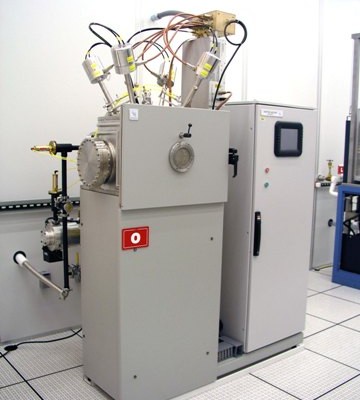
Written by: Denton Vacuum, LLC
Thin film evaporation is a common process that utilizes mechanical generation.
Thin film evaporation is the process that involves the thermal separation of products in a highly turbulent liquid film. This process occurs in a specially-designed piece of equipment that utilizes temperature sensitive products, rotor blades, and intense mixing in order to create the film. Here is a brief summary to how this process actually works.
The Process
Upon entering the chamber, the product will then come into contact with the rotor blades. Immediately after, it will be formed into a film on the heat transfer surface. During this process, a bow wave gets created in front of the rotor blade. Now, the fluid within the gap has a high volume of turbulence, which in turn leads to intense heat and mass transfer rates. Even highly-viscous products can produce heat transfer coefficients. The temperature sensitive products do not overheat on the heat transfer surface due to the intensive mixing action on the bow waves.
Thin film evaporation is often done through the method of plasma-enhanced chemical vapor deposition, or PECVD. The addition of plasma creates a much higher-grade film during the entire process and produces film at a much quicker pace than other methods.
Vertical and Horizontal Evaporators
There are also two styles of thin film evaporators – horizontal and vertical. Both of them work in a similar fashion in that they produce a high-quality film. However, the steps that they take to produce the film are significantly different. Both systems do incorporate PECVD within the process and focus on quick evaporation and film formation. Some differences include: film feed direction, rotor blade formation, and heat transfer surfaces.



